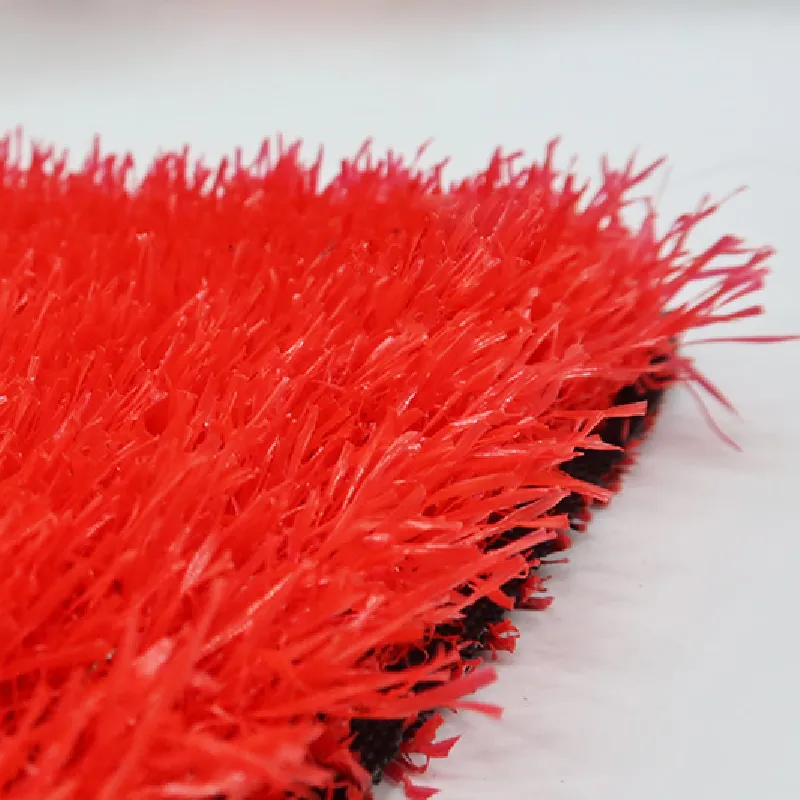
- Afrikaans
- Arabic
- Belarusian
- Bengali
- Czech
- Danish
- Dutch
- English
- Esperanto
- Estonian
- Finnish
- French
- German
- Greek
- Hindi
- Hungarian
- Icelandic
- Indonesian
- irish
- Italian
- Japanese
- kazakh
- Rwandese
- Korean
- Kyrgyz
- Lao
- Latin
- Latvian
- Malay
- Mongolian
- Myanmar
- Norwegian
- Persian
- Polish
- Portuguese
- Romanian
- Russian
- Serbian
- Spanish
- Swedish
- Tagalog
- Tajik
- Thai
- Turkish
- Turkmen
- Ukrainian
- Urdu
- Uighur
- Uzbek
- Vietnamese
Managing Dog Waste on Artificial Grass for a Clean Environment
Nov . 10, 2024 08:59 Back to list
The Challenges of Dog Poop on Turf A Growing Concern for Pet Owners and Communities
As pet ownership continues to rise, so do the challenges associated with caring for our furry friends. Among these, the management of dog waste on turf has emerged as a significant concern for dog owners, communities, and landscape managers alike. In this article, we will explore the issues related to dog poop on turf, its impact on the environment and public spaces, and possible solutions to mitigate this challenge.
Understanding the Issue
Dog waste is not just an eyesore; it poses a variety of environmental and health risks. When dogs urinate or defecate on turf or in public areas, it can lead to several problems. First, dog feces can contain harmful pathogens, including bacteria and parasites, which can pose a health risk to humans and other animals. For example, parasites like roundworms and most commonly found bacteria such as E. coli can survive in the environment for extended periods, potentially contaminating water sources and spread diseases.
Moreover, the nitrogen content in dog urine can damage the turf, resulting in brown spots and patches that compromise the aesthetic and recreational value of parks and lawns. Turf management becomes increasingly complicated as pet owners or community managers attempt to balance the health of the grass with the enjoyment of the space by pet owners and other visitors.
The Environmental Impact
The environmental implications of dog waste are significant. While all animal waste contributes to nutrient loading in soil and waterways, dog waste is particularly concerning due to its concentration of nutrients and pathogens. If not managed properly, the runoff from dog waste on turf can enter stormwater systems and, ultimately, local waterways, causing pollution and contributing to issues like algal blooms.
Communities that prioritize clean and sustainable environments must consider strategies to address this issue effectively. Failure to act can lead to greater ecological concerns, affecting local wildlife, aquatic ecosystems, and drinking water supplies.
dog poop on turf

Community Solutions
To mitigate the challenges of dog poop on turf, communities and pet owners can adopt several best practices. First and foremost is education. Awareness campaigns can encourage pet owners to clean up after their dogs and understand the environmental impact of neglecting this responsibility. Simple initiatives like signage in parks and pet-friendly areas can remind dog owners to pick up waste and maintain the beauty of community spaces.
Creating designated dog areas, like dog parks, can also serve as an effective solution. These designated spaces can be equipped with waste disposal bins and convenient cleanup supplies, making it easier for pet owners to dispose of waste responsibly. Additionally, turf in these areas can be specifically designed to tolerate the effects of canine waste, reducing long-term damage and maintenance issues.
Innovative Technologies
In recent years, the emergence of innovative technologies has provided a fresh perspective on managing dog waste. Some communities have explored installing dog waste composters that turn waste into nutrient-rich compost, allowing pet owners to contribute positively to the environment. These systems not only reduce odor but also promote sustainable practices within the community.
Furthermore, mobile applications that help pet owners locate waste disposal stations and dog parks can foster a sense of responsibility and community engagement. By integrating technology into waste management, communities can streamline clean-up efforts and encourage pet owners to participate actively in maintaining clean environments.
Conclusion
As the bond between humans and their canine companions strengthens, the responsibility of pet ownership becomes increasingly complex. Managing dog poop on turf is not just a matter of aesthetics; it is tied closely to health, environmental sustainability, and community well-being. Through education, designated spaces, and technological advancements, we can work together to create cleaner, safer, and more enjoyable environments for both pets and people. Ultimately, it is about fostering a culture of responsibility that ensures our shared spaces remain beautiful and welcoming for all.
-
The Benefits of Artificial Turf for Indoors
NewsJul.15,2025
-
How Artificial Grass Suppliers Ensure Quality Products
NewsJul.15,2025
-
Artificial Grass and Pets: A Space for Relaxation
NewsJul.08,2025
-
Balcony & Outdoor Decoration with Artificial Grass
NewsJul.08,2025
-
Best Indoor Artificial Grass for Home
NewsJul.07,2025
-
Best Pet Turf for Dogs: Safe & Durable Artificial Grass Options
NewsJul.07,2025
Products categories









